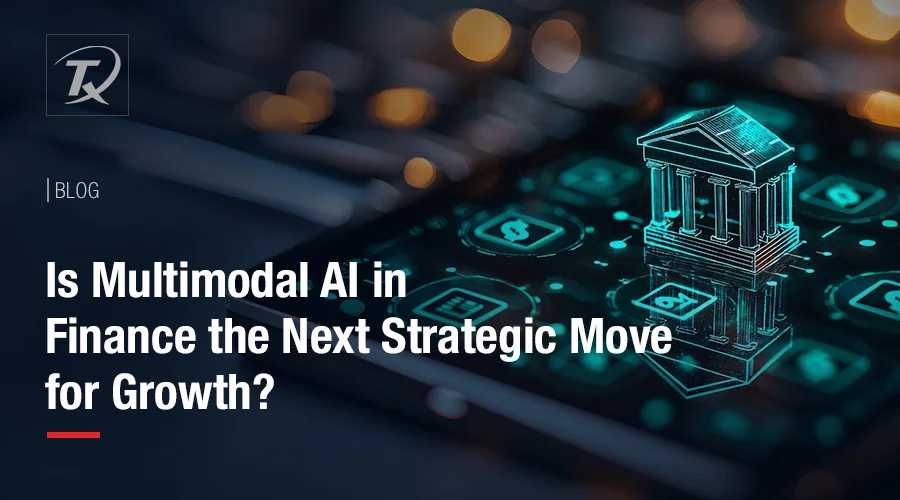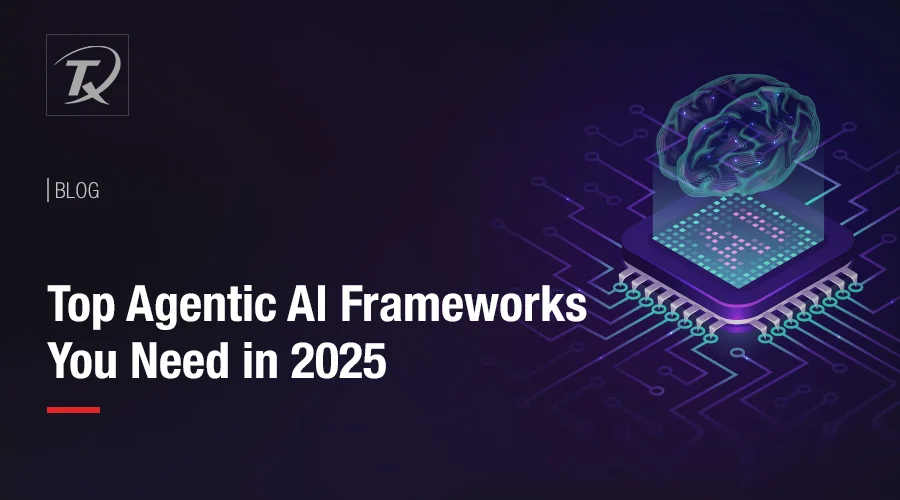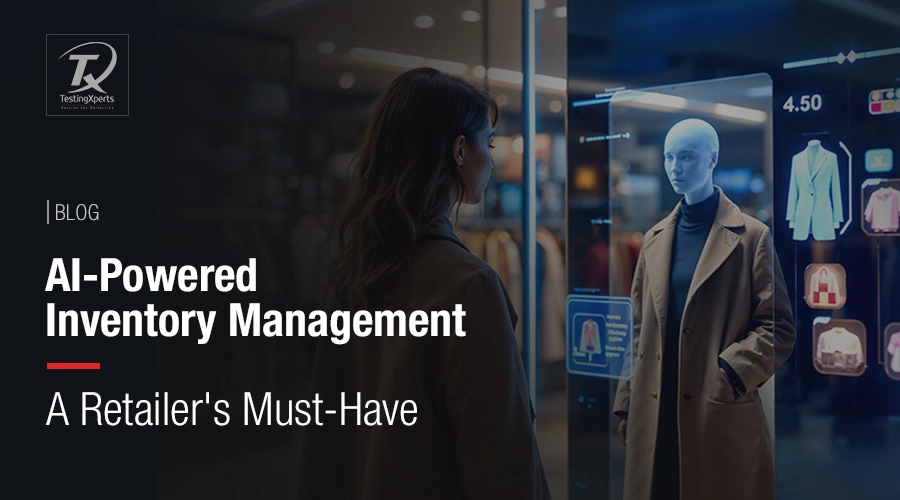
- Understanding Multimodal AI Models
- Multimodal AI in Finance
- Applications of Multimodal AI Models in Finance
- Multimodal AI Trends You Should Know
- How Can Tx Assist with Multimodal AI Model Development?
- Summary
In a tech-driven world where devices have started to perceive emotions and understand spoken words, multimodal AI models transform user experience with seamless interactions. This technology leverages various AI subfields, combining NLP, sensors, and computer vision to create systems capable of interacting with humans in sophisticated ways. According to a report, the multimodal AI market is expected to become a $10.89 billion market by 2030. This growth is driven by the rapid breakthroughs in deep-learning solutions that would enhance the robustness and accuracy of multimodal systems.
In the finance industry, digital platforms are slowly replacing traditional banking. Introducing immersive AI like GPT-4o and the Metaverse is ushering in a new transformation era. For instance, users will be able to access their bank account in a virtual environment, and AI advisors will offer real-time, intuitive assistance.
Understanding Multimodal AI Models
Multimodal AI is an ML model that can process and integrate data from multiple sources (text, images, video, audio, etc.). It can combine and analyze different data types to comprehensively overview the inputs and generate relevant outputs. For instance, a multimodal AI model receives a landscape photo as input and throws an output as a detailed summary of its characteristics. Multimodal AI models make GenAI solutions more useful by enabling multi-inputs and outputs. GPT-4o is a perfect example of multimodal implementation in ChatGPT.
These models can help businesses achieve higher accuracy in their tasks, such as language translation, speech recognition, and image scanning. Multimodal AI is highly resilient to missing data and data noise. It helps improve human-computer interaction by supporting natural and intuitive interfaces for better UX. As it can operate across multiple sensory proportions, users will get more meaningful outputs and better ways to handle data.
Multimodal AI in Finance
In finance, multimodal AI systems enhance fraud detection and risk management capabilities by compiling user activity, historical records, and transaction logs. Integrating diverse data types enables thorough analysis, which helps businesses identify unusual patterns and threats they might pose. This leads to more enhanced risk assessment and fraud detection.
JP Morgan’s DocLLM is a perfect example of multimodal utilization. It combines textual and contextual data from financial documents with metadata to improve the accuracy of document analysis. It offers better risk evaluation, compliance, automated document processing, and a deeper insight into financial risks.
Applications of Multimodal AI Models in Finance
Multimodal AI is changing how financial institutions handle data, make decisions, and interact with customers. Here are some of its key applications in the financial industry:
Fraud Detection and Risk Management:
Due to the speed at which tech is innovating, financial fraud is becoming more sophisticated. Traditional rule-based detection systems often miss hidden patterns. Multimodal AI systems will help you improve fraud detection by analyzing multiple data points together. It can detect anomalies by combining transaction records, biometric authentication, and behavioral patterns. Risk assessment improves with AI models that analyze market trends and customer financial health.
Personalized Financial Services:
Customers expect financial services tailored to their needs. Multimodal AI helps banks, fintech firms, and wealth management companies provide hyper-personalized experiences by analyzing:
• Transaction history and spending habits for budgeting plans.
• Voice and text interactions to understand customer intent in support chats.
• Market trends and customer profiles to suggest investment opportunities.
Enhanced Customer Experience and Chatbots:
• Multimodal AI makes financial customer service smarter and more intuitive. It can:
• Analyze voice tone, facial expressions, and text to measure customer emotions and respond accordingly.
• Analyze and understand documents for loan applications, reducing manual work.
• Provide support using real-time speech-to-text and language translation.
Multimodal AI Trends You Should Know
• AI models like OpenAI’s GPT-4V and Google’s Gemini are designed to process multiple data types, such as text and images, within a single framework, enabling seamless multimodal understanding.
• Advanced techniques, including transformers and attention mechanisms, enhance how AI integrates and aligns data from different sources, leading to more accurate and context-aware outputs.
• Industries like autonomous driving and augmented reality rely on AI’s ability to instantly process data from multiple sensors (e.g., cameras, LIDAR) for quick decision-making.
• Researchers use synthetic data combining multiple formats to create richer datasets, improving model training and accuracy.
• Platforms like Hugging Face and Google AI promote open-source tools, encouraging global collaboration to drive innovation in multimodal AI.
How Can Tx Assist with Multimodal AI Model Development?
AI/ML technologies automate complex processes and offer a deeper overview of financial processes with advanced analytics. Our AI/ML development services help businesses by creating customized solutions for their unique objectives. We offer E2E solutions, from AI model selections and data prep to training and deployment, ensuring your multimodal AI aligns technically and strategically with your company’s vision. Our AI development services include:
• AI strategy and consulting
• ML model development
• Predictive analytics
• AI-powered automation
• Ethical AI and governance
Summary
Multimodal AI is transforming finance by integrating text, images, and speech for enhanced fraud detection, risk assessment, and personalized services. It improves decision-making, customer experience, and automation in financial institutions. Despite challenges like data security, bias, and compliance, innovations in AI models, real-time processing, and open-source collaboration drive growth. Tx offers end-to-end AI solutions, ensuring seamless integration, compliance, and performance optimization for financial businesses looking to harness the power of multimodal AI. To learn how we can assist you, contact our AI experts now.
Discover more
Get in Touch
Stay Updated
Subscribe for more info




